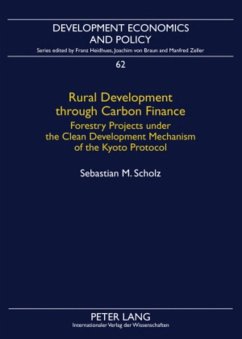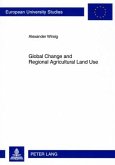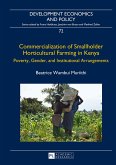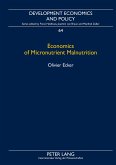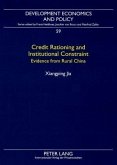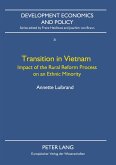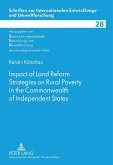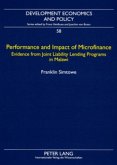In a timely contribution to the international discussion of the post-Kyoto climate regime this study hypothesizes that Clean Development Mechanism (CDM) projects in the land use and forestry sector are an efficient instrument for climate change mitigation that contributes to rural development and poverty alleviation at the same time. To this end, the study analyzes socio-economic aspects of a forestry project established under the CDM rules considering an East African case study exemplarily. An agricultural household survey in Tanzania delivered the empirical data for the structural equation model at the center of the analysis. Looking at different farm assets it is shown that the benefits of land use-related climate projects go way beyond pure mitigation. They also have a positive impact on a very broad asset base on which poor farm households depend. Hence, the current CDM only allowing for afforestation and reforestation projects is far too restricted to deliver on its twin objective.
Bitte wählen Sie Ihr Anliegen aus.
Rechnungen
Retourenschein anfordern
Bestellstatus
Storno

